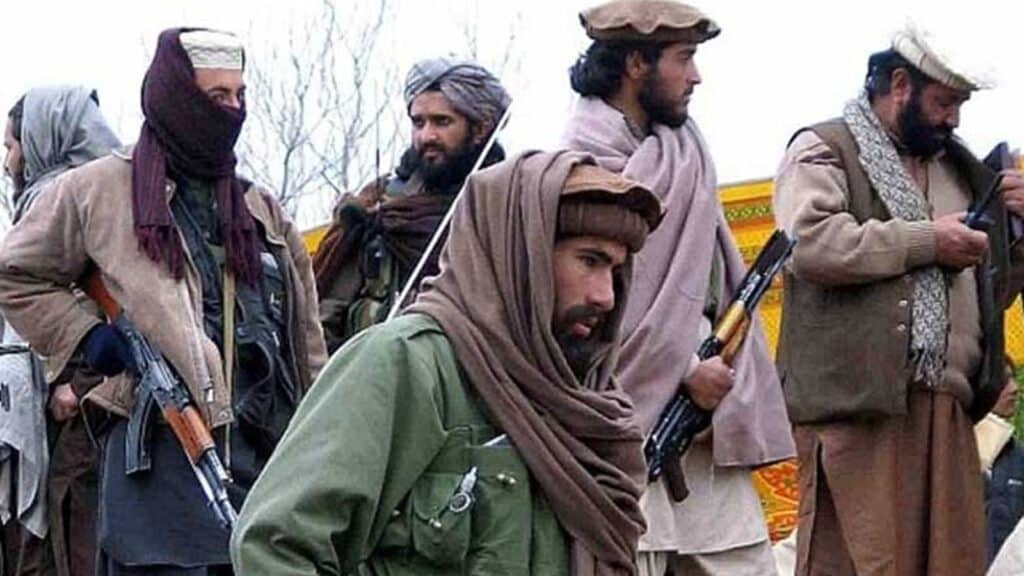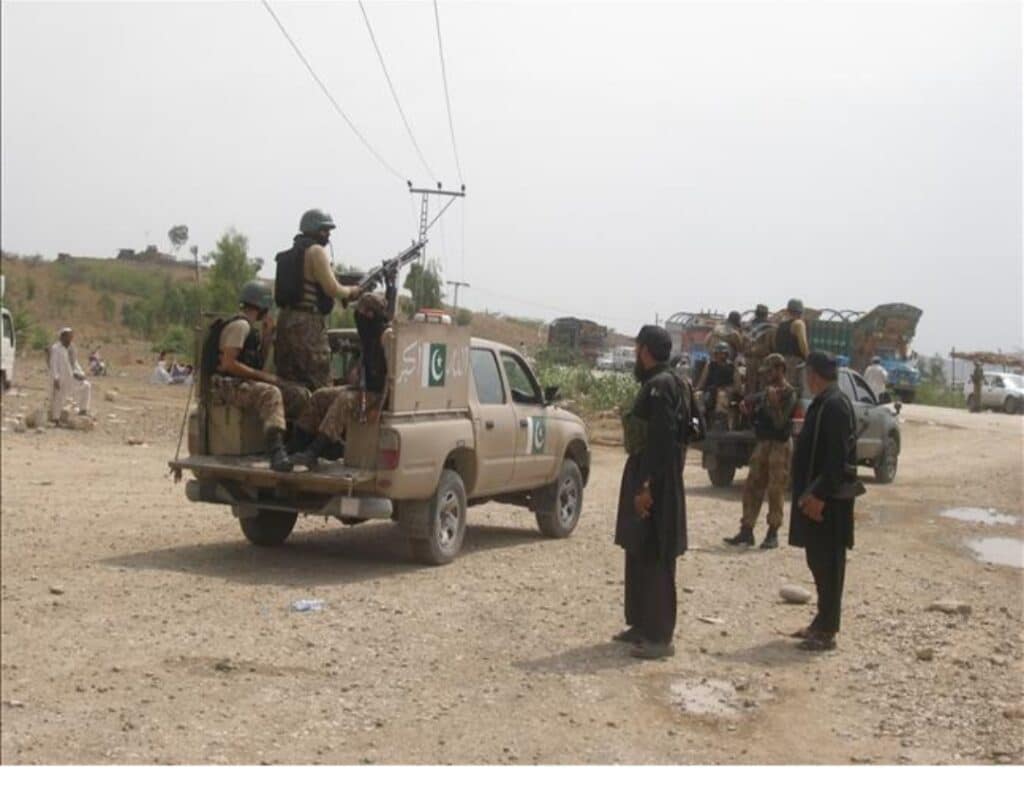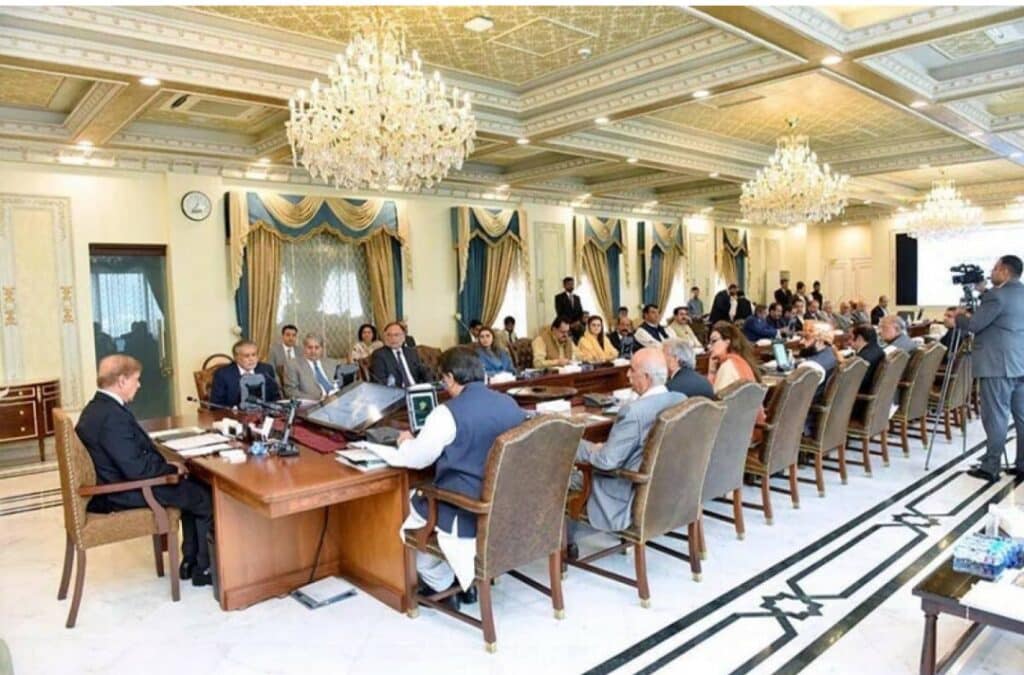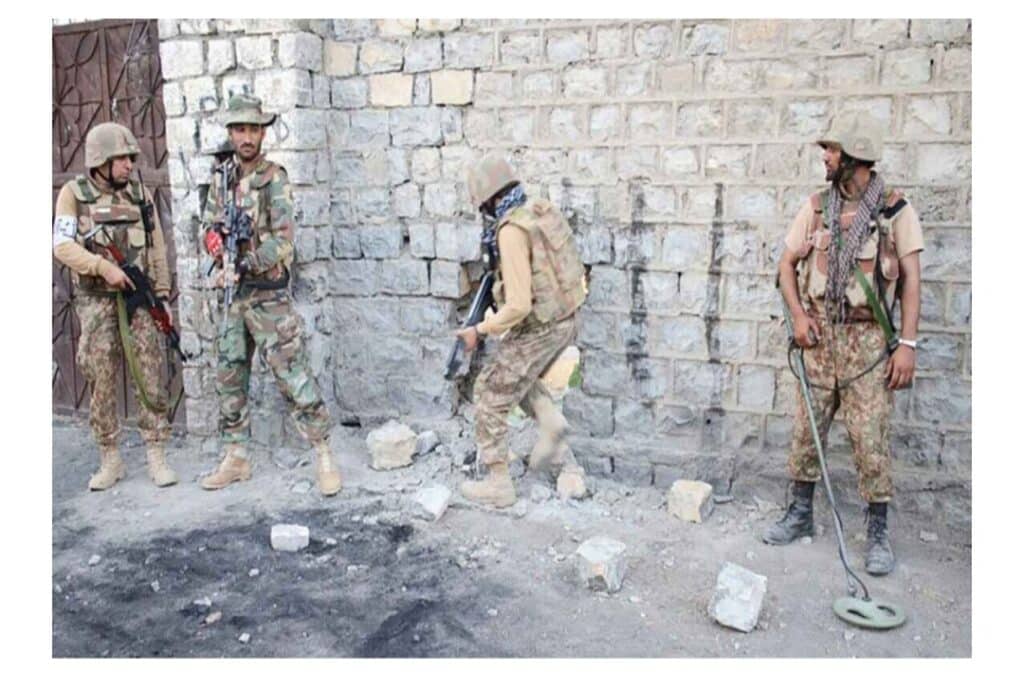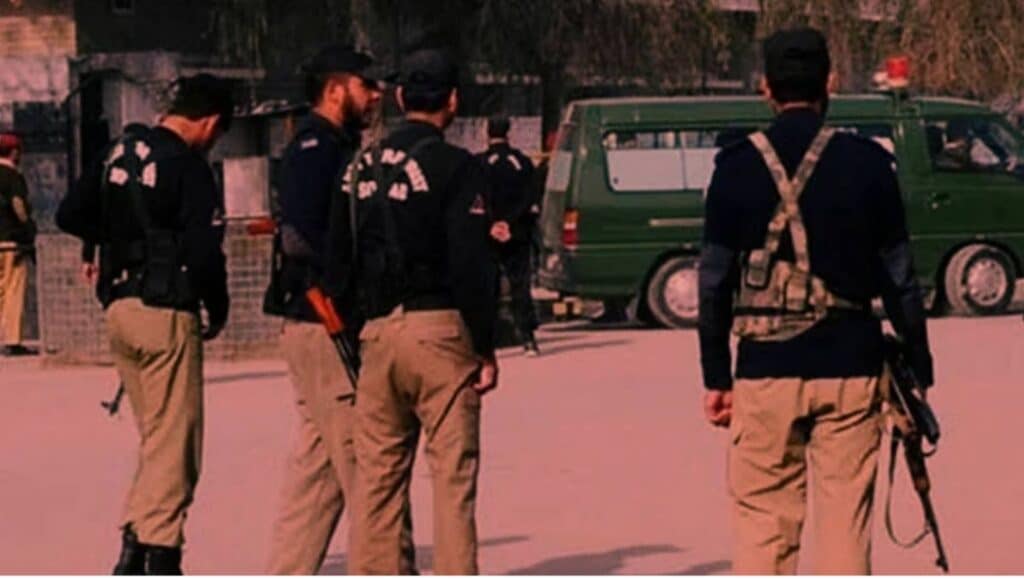The Tehreek-i-Taliban Pakistan’s (TTP) narrative of “defending Pashtun rights” is nothing but recycled propaganda used to justify years of bloodshed. Far from being a new development, this deceptive discourse was aggressively pushed in 2018 when Mufti Noor Wali Mehsud took charge of the terror group. In a video message in February 2019, he tried to dress up ruthless attacks against civilians and security forces as part of a so-called ethnic struggle—an attempt to mask terrorism under the garb of rights.
Similarly, the recent use of jirgas in Bajaur for “peace talks” is not a fresh initiative but a worn-out militant ploy. The TTP has repeatedly exploited jirgas, not for peace, but to buy time and regroup. The 2013 negotiations serve as a reminder: talks were held, promises were made, yet violence continued unabated. These manipulations reveal the group’s deceitful strategy of abusing local traditions for its own survival.
The myths don’t stop there. The case of slain TTP commander Abdul Basir Shami exposes more falsehoods. While some accounts wrongly painted him as a Salafi linked to Syria, credible Pakistani media confirmed his Deobandi background. His father was a JUI leader and madrassa head in Ahmadpur East, showing that his militancy was cultivated locally through extremist networks.
Even TTP propaganda contradicts the lies. In an August 2025 video tribute, Umar Media admitted Shami was born in 2002 and only joined militancy in 2022. This makes claims that he went to Syria in 2014—when he was barely 12 or 13 years old—laughably false. Such distortions only serve to mythologize terrorists instead of exposing their reality.
The truth is clear: the TTP thrives on misinformation, recycled lies, and manipulative tactics to mask its failures. Behind every fabricated narrative lies the same reality—cowardly militants targeting civilians, destroying peace, and working against the people of Pakistan.

